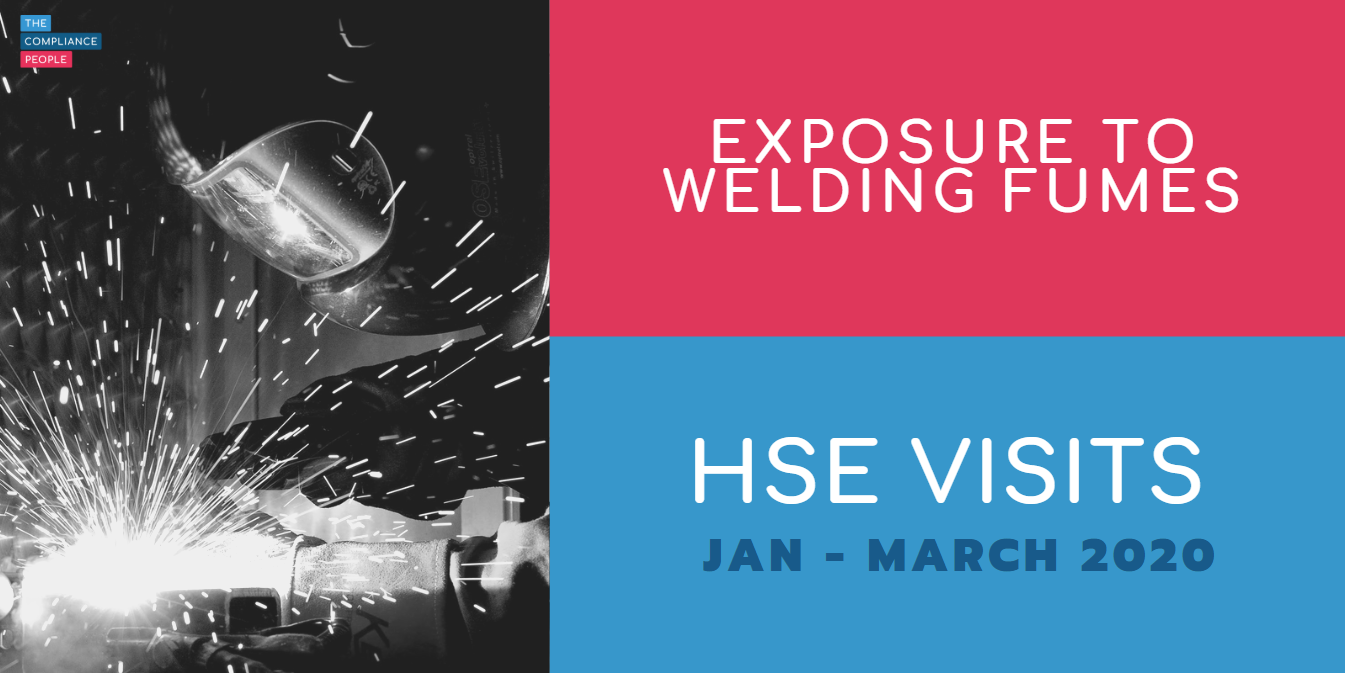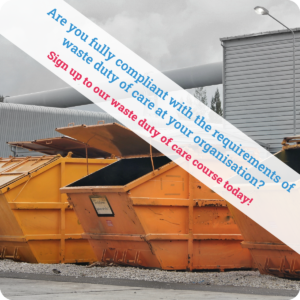
Don’t forget about the HSE inspections on exposure to welding fumes possibly coming to you!
In February 2019, an alert was issued to industry by the Health and Safety Executive (HSE) informing on new control expectations for exposure to welding fumes, including fumes from mild steel welding. This was due to new evidence showing that exposure to mild steel welding fumes can cause lung cancer and possibly kidney cancer.
In light of this, the HSE revised its guidance on their website and updated their pages on how to manage exposure to welding fumes.
Between January and March 2020 the HSE will be visiting businesses to check compliance with the revised guidance. So expect and prepare for a possible visit.
How should you prepare?
If you are an employer you should know the risks, work plan and controls in place to ensure the health and safety of workers. You should also know what to do to make sure your business complies with the law and these enforcement changes.
Check that a risk assessment has been conducted that looks at the physical work environment, equipment and materials being used, and how the work tasks will be performed.
Check when the risk assessment was last reviewed. Have there been any changes since the risk assessment was carried out? If so, have you updated your risk assessment?
Do you control the risks identified by applying the hierarchy of controls?
- Elimination: Can you redesign the job or eliminate a substance so that the hazard is removed? e.g. Design the job so there is less need for hot work.
- Substitution: Can you replace a metal or welding technique with a less hazardous one? e.g. Switch to a welding technique that produces less fume.
- Engineering Controls: Can you use work equipment or other means to reduce exposure to fumes? e.g. Use LEV to remove fumes at source. Ensure the room has adequate ventilation.
- Management and Administrative Controls: Have you identified and implemented procedures to reduce exposure? E.g. Designate an area to carry out welding. Control access to the welding area. Maintain and test LEV.
- Personal Protective Equipment: Do you make sure that welders and other works in the area are not exposed to fumes? Do you provide masks, eye protection, gloves to the welder? If more than one item of PPE is to be worn at the same time, can they be used together? e.g. Eye protection can compromise the effectiveness of a respirator.
For more information on each of the preparations above, the HSE have put newly revised welding advice on their website here.
